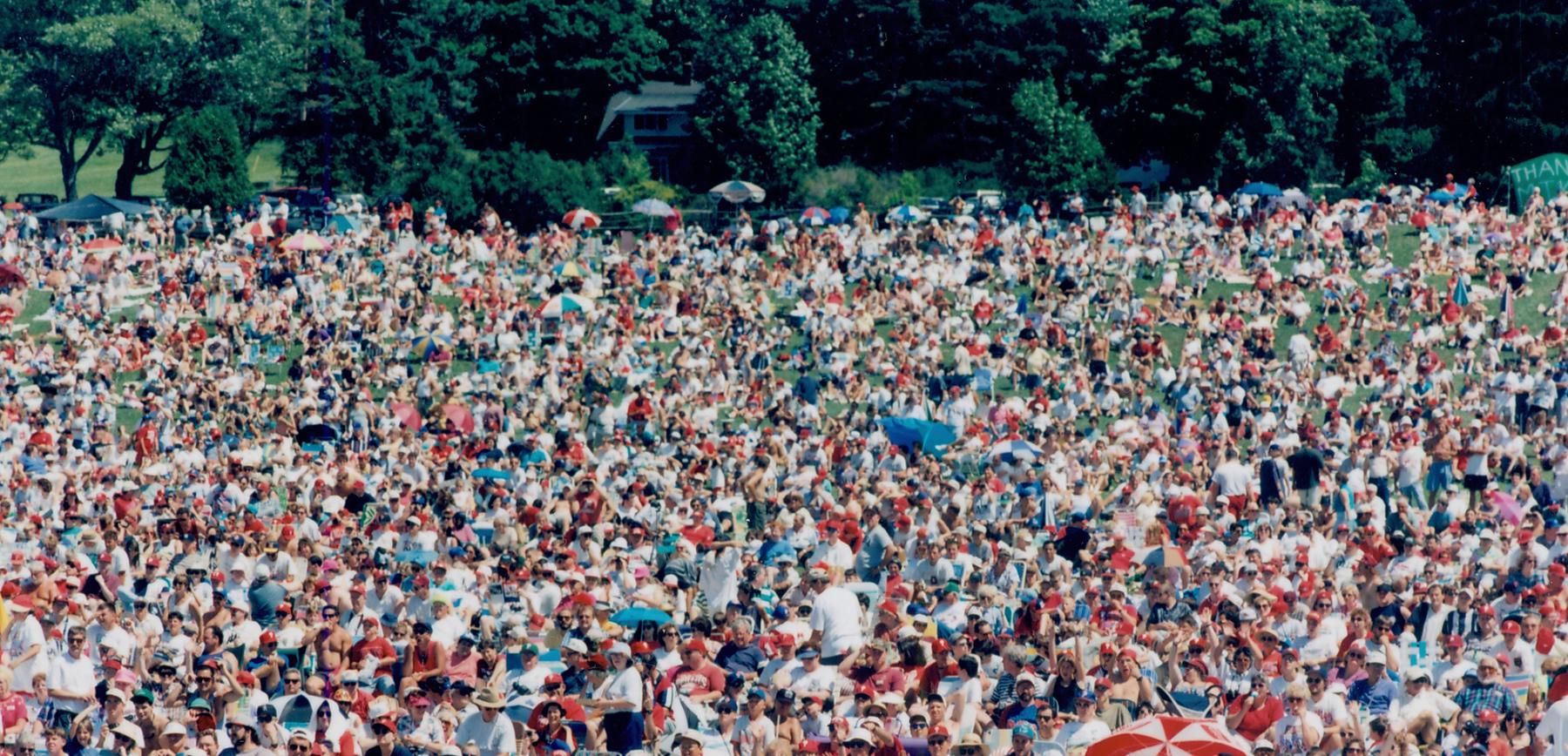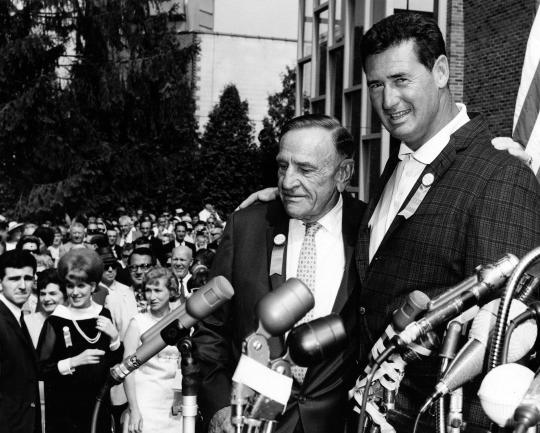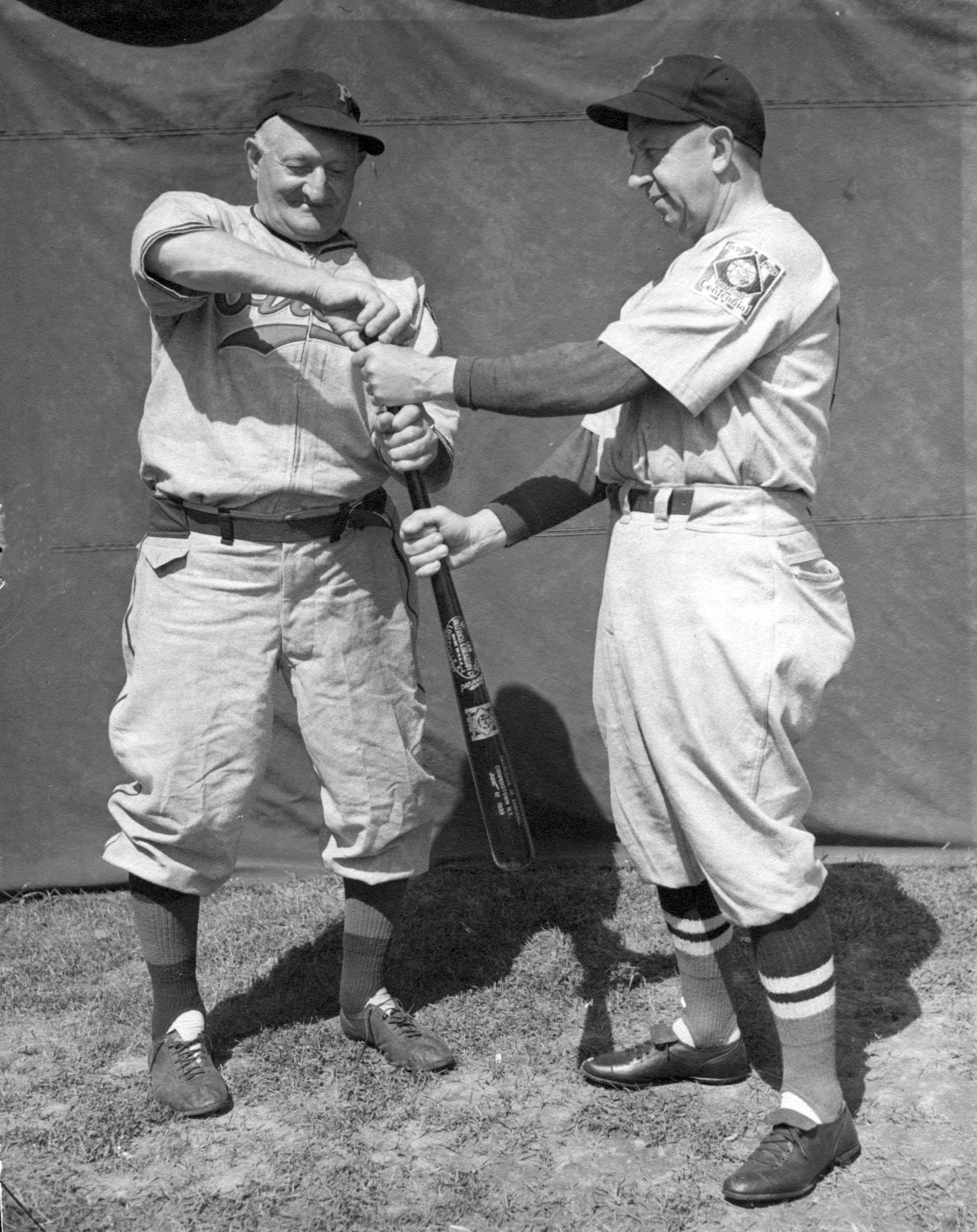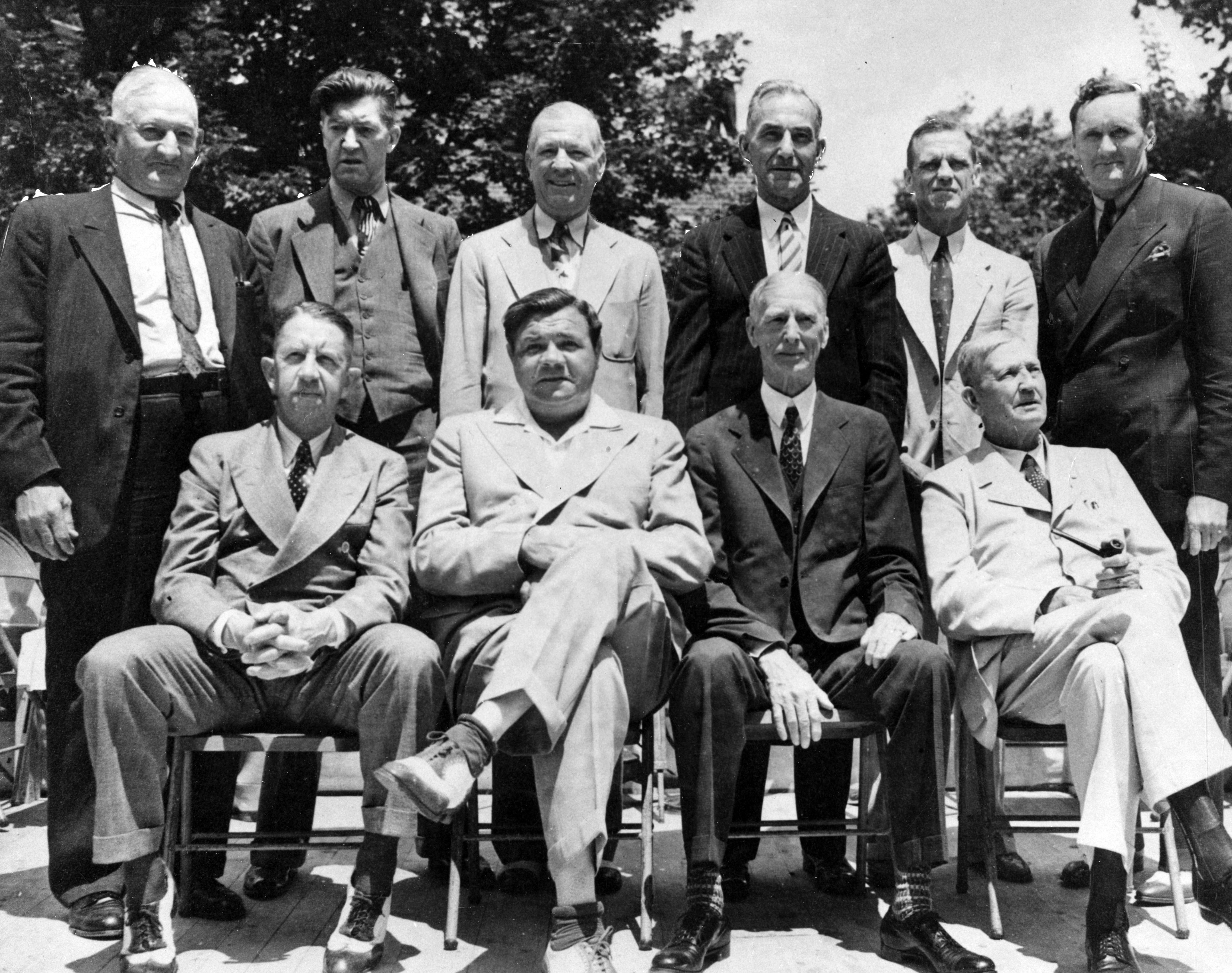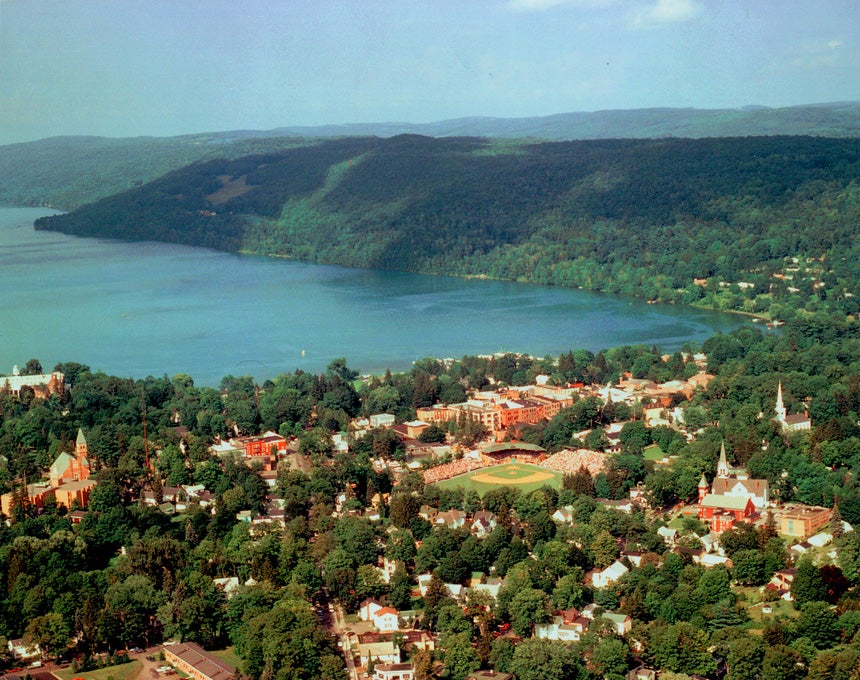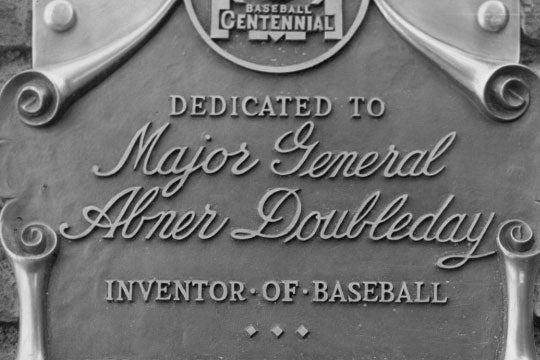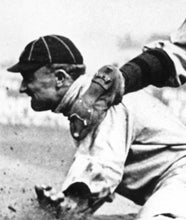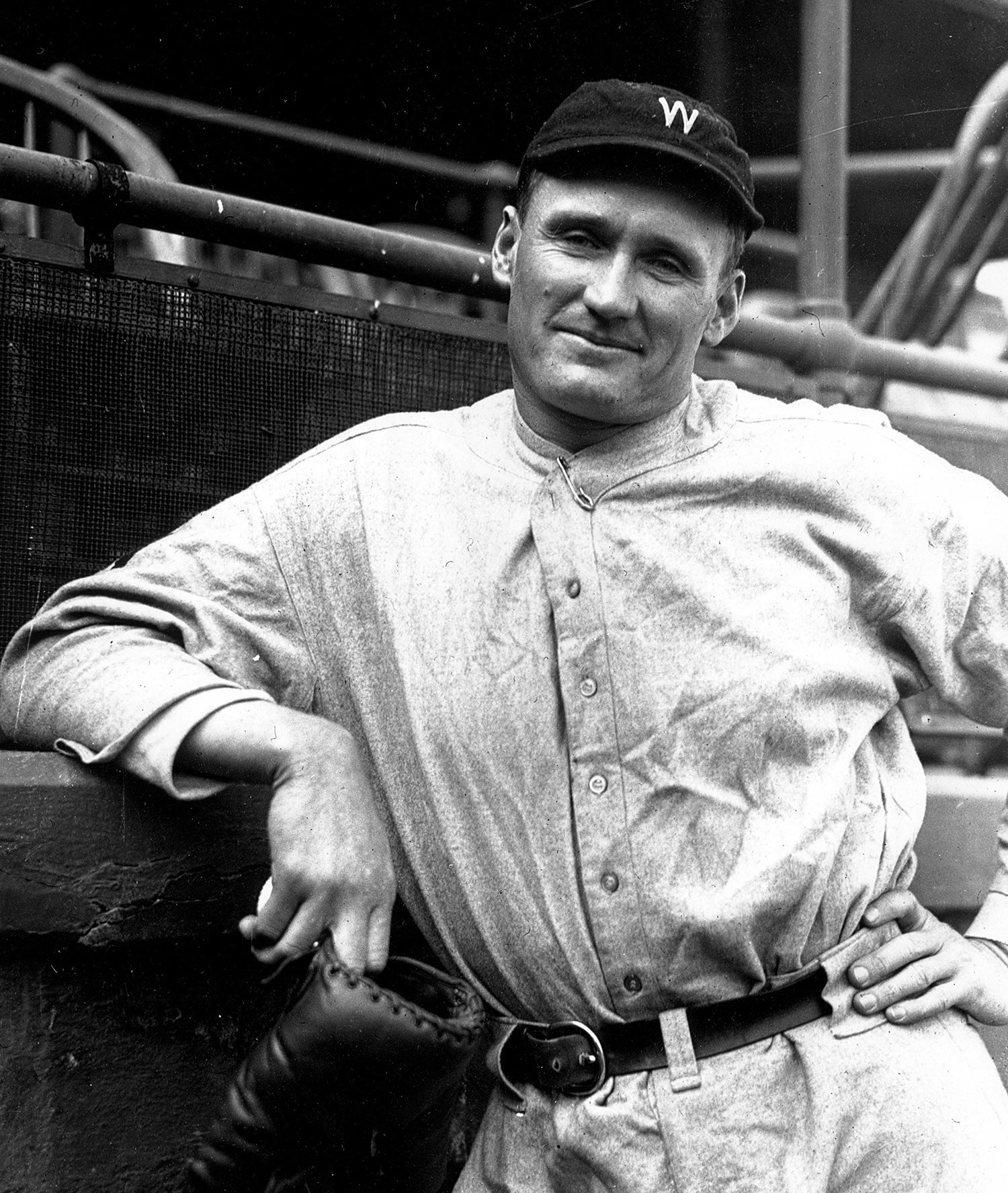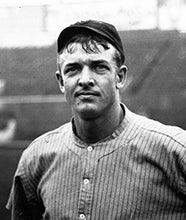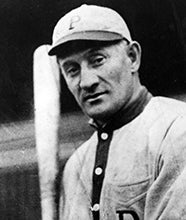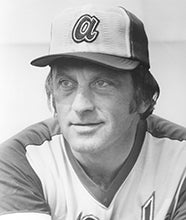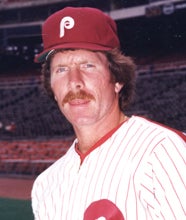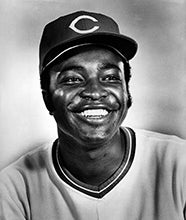- Home
- Our Stories
- The magic of Induction Weekend endures in times of change
The magic of Induction Weekend endures in times of change
“This you may say of man – when theories change and crash, when schools, philosophies, when narrow dark alleys of thought, national, religious, economic, grow and disintegrate, man reaches, stumbles forward, painfully, mistakenly sometimes. Having stepped forward, he may slip back, but only half a step, never the full step back.”
John Steinbeck published "The Grapes of Wrath" on April 14, 1939. Change – as written in this opening of Chapter 14 – was a central theme in Steinbeck’s novel, focusing on western migration and the growth of the western states, and the story of the Joads, their pursuit of change and the hope that spurred them on, resonated with readers the world over.
Hall of Fame Membership
There is no simpler, and more essential, way to demonstrate your support than to sign on as a Museum Member.
That year, of course, would come to be defined far less by – the publication of one of the great American novels, but instead by the start of World War II on Sept. 1, when Adolf Hitler invaded Poland. The United States would not join until more than two years later, following the bombing of Pearl Harbor, but the prospect of war hung heavily over the American people for years prior.
In the midst of all this, the National Baseball Hall of Fame and Museum opened its doors; the building and its honorees a resolute testament to what the American people sought: Levity in times of hardship, strength in the face of overwhelming odds and hope to carry through it all.
The first class of immortals – Ty Cobb, Walter Johnson, Christy Mathewson, Babe Ruth and Honus Wagner – were elected in 1936, but it wasn’t until three years later – as part of Baseball’s Centennial Celebration – that the first Induction Ceremony was held. The Hall of Fame’s opening, on June 12, 1939, was the crowning achievement of a four-month celebration throughout the game, honoring baseball’s 100th anniversary.
“Baseball has become, through the years, not only a great national sport but also the symbol of America as the melting pot,” said then-President Franklin Delano Roosevelt. “It seems to me that the Museum will be a place of special interest, particularly in this centennial year of baseball.”
The President was correct. More than 12,000 fans – along with dozens of media outlets and radio broadcasters – gathered on Main Street that Monday afternoon for the induction of 25 new electees.
Unbeknownst to attendees at the time, it would be the last induction ceremony to be held for a number of years. The Baseball Writers’ Association of America did not hold elections in 1940, 1941 or 1943. In 1942 the BBWAA elected Rogers Hornsby, but World War II-related travel restrictions prohibited an induction ceremony.
At the end of the decade, two joint induction ceremonies were held, in 1947 and 1949, at which point the Classes of 1946-47 and 1948-49, respectively, were formally inducted into the Hall of Fame.
Next year, for the first time in more than 70 years, there will be another joint induction ceremony when the Class of 2020 and any electees from the Class of 2021 are honored on Sunday, July 25, 2021.
A lot has, of course, changed since the end of the 1940s, both in baseball and around the world. Wars have been fought, lives lost, countries changed. Thirteen men have served as President of the United States, and nine others have presided over the game as the Commissioner of Baseball.
But one thing that hasn’t changed is the magic of Hall of Fame Weekend itself: A weekend that has come to be treasured by generations of fans, writers and Hall of Famers alike.
“I come up here every year...and it’s an honor and a pleasure to return... [Cooperstown] is the greatest little town in the world, I think,” said Phil Niekro. True to his word, the Hall of Famer and current member of the Board of Directors has been on stage for all but three Induction Ceremonies since his own in 1997.
“If you come once, you want to come every year,” explains Jack O’Connell, the Secretary-Treasurer of the Baseball Writers’ Association of America and a longtime sportswriter covering the New York Yankees and Mets.
Since 1994, O’Connell has been the voice at the other end of the phone when Hall of Famers receive their call to Cooperstown, which meant that Hall of Fame Weekend 1995 was his first opportunity to experience the pageantry.
“I’d been to the Hall only twice before, in the winter and in early spring, so I’d never experienced it in that big month of July. It was really eye opening,” O’Connell said.
That summer was a big one for Philadelphia Phillies fans, who saw franchise legends Mike Schmidt and Richie Ashburn elected alongside Leon Day, William Hubert and Vic Willis, who were inducted posthumously.
“What I remember was just a sea of red throughout the weekend,” O’Connell recalls. “Everyone was wearing the Phillies red. It was amazing to go out to the Clark Sports Center and see this tremendous outpouring of affection.”
“When the Hall of Famers look out over the crowd, they look out and see that those are the best fans,” 40-year sportswriting veteran Kevin Kernan said. “All fans are good, but these are the ones who came out and made the trip. These are special fans.”
From Friday’s arrivals, to Saturday’s Awards Ceremony and Parade of Legends, to the main event on Sunday, and the Legends of the Game Roundtable event the next day, there’s no shortage of memorable moments during Hall of Fame Weekend.
“It’s got a little bit of everything,” Kernan remarks. “Who wouldn’t be happy there?”
For O’Connell, the acceptance speeches on Sunday afternoon remain standout memories. He recalls Don Sutton’s moving speech in 1998 about his father and his childhood, and how Ryne Sandberg, who was often so quiet in the clubhouse, delivered one of the most exhilarating addresses in 2005.
“Bill Mazeroski dropped his speech (in 2001), and Kirby Puckett picked it up,” O’Connell said. “He [Mazeroski] was so moved by the moment that he couldn’t put it into words.”
The speeches stand out to the Hall of Famers themselves, too. Joe Morgan recalls how one of the highlights of his own induction came after he gave his acceptance speech in 1990.
“After I finished my speech, Ted Williams came over and said ‘Joe, you did a great job. You took enough credit, and you gave enough credit.’”
Morgan is no stranger to unusual circumstances befalling Hall of Fame Weekend. His induction, alongside Jim Palmer, was initially postponed and then moved indoors due to inclement weather but not even a little rain could squelch the magic.
“I would’ve loved to have had mine out on the stage, but nothing was going to rain on my parade...It’s more about what it is than where it was. It was more about being inducted with these other legends of the game, rather than where they were inducting me.”
The Reds legend and Vice Chairman of the Hall of Fame Board of Directors is already looking ahead to next year’s ceremony.
“I’m looking forward to having the Class of 2020 get fully inducted,” Morgan said. “They’re all Hall of Famers, but until you walk up on that stage there’s just something missing. And that will complete their journeys, when they get up there.
“You’re going back to where the game started. You’re going back to a small town that reminds you of those small communities where the game began, and it hasn’t changed over the years. It’s still an old-fashioned baseball town, an old-fashioned community.”
2020 has been a year of immense, unprecedented change but, as Steinbeck wrote 81 years ago, we keep reaching forward, stumbling ever-onward in our quest for hope. Hall of Fame Weekend may have been postponed, but the game itself – its history, its stories, its characters – and the magic of Cooperstown memories, remain sources of solace and light as they have for generations.
“I believe it will come back strong,” Kernan said. “I think it’s going to become a more special place, if that’s possible.”
This story first appeared in the Hall of Fame's official magazine, Memories and Dreams, in 2020
Isabelle Minasian was the digital content specialist at the National Baseball Hall of Fame and Museum



